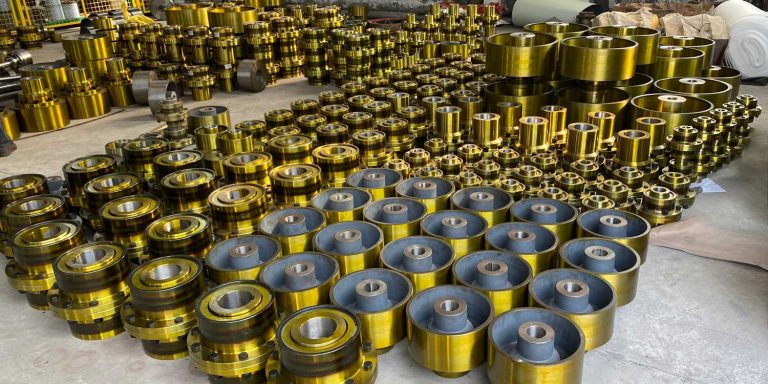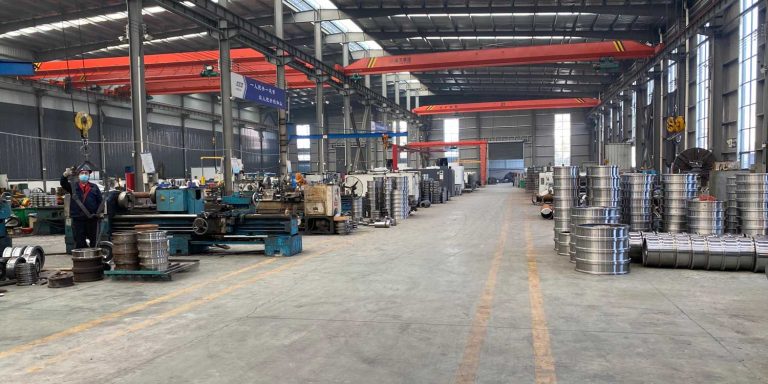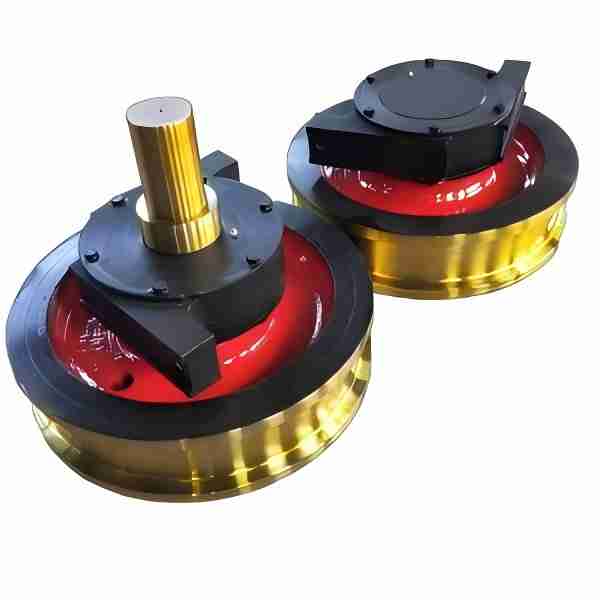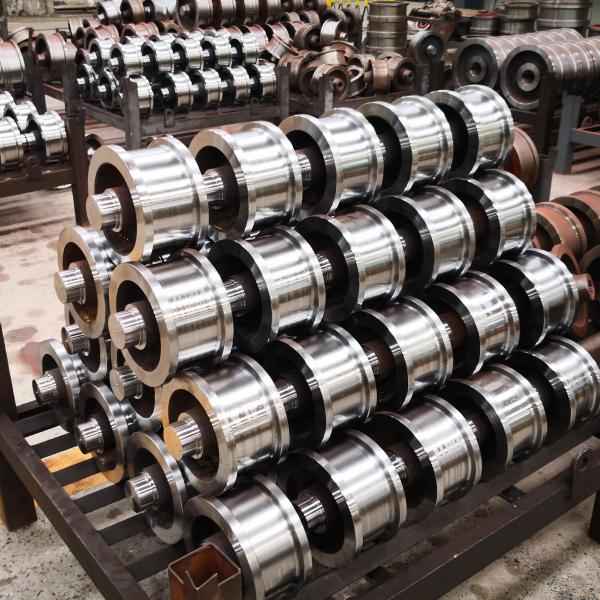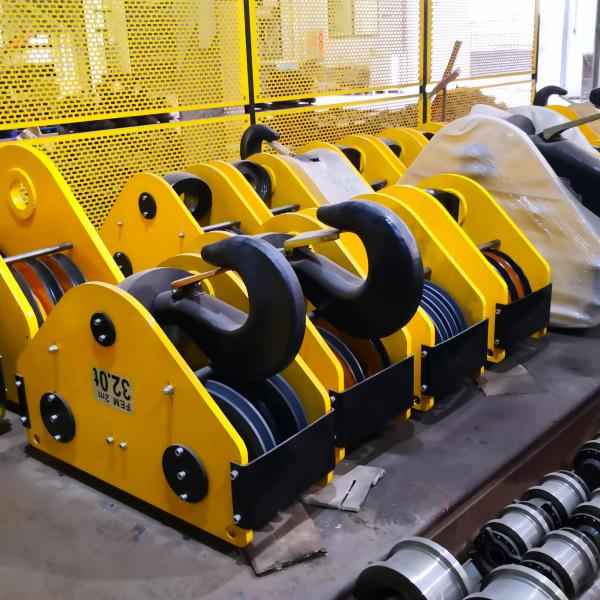Common Failures of Overhead Crane Parts and How to Prevent Them
Overhead cranes play a vital role in industrial lifting operations — from steel mills to foundries and workshops. However, constant heavy-duty use can cause various parts to wear or fail over time. Understanding these failures and learning how to prevent them can greatly improve safety, performance, and the overall lifespan of your equipment.
As a trusted OEM overhead crane parts supplier, HL CRANE provides insights into the most frequent crane component issues and how proper maintenance can help avoid them.
1. Crane Wheels — Wear and Misalignment
Common Failures:
-
Wheel flange cracking
-
Uneven tread wear
-
Bearing overheating
Causes:
Poor rail alignment, overloading, or lack of lubrication often lead to premature wheel damage.
Prevention:
Perform regular inspections, ensure proper alignment, and use high-quality forged wheels like those manufactured by HL CRANE. The use of heat-treated steel materials ensures better wear resistance and longer service life.
2. Crane Hooks — Deformation and Cracks
Common Failures:
-
Hook bending under load
-
Surface cracks near the neck or shank
-
Safety latch failure
Causes:
Overloading, poor forging quality, and lack of periodic inspection.
Prevention:
Inspect hooks before each shift, avoid overloads, and replace any hook with visible deformation. HL CRANE’s crane hooks are manufactured according to ISO and GOST standards, ensuring superior strength and reliability.
3. Wire Rope and Drum — Abrasion and Fatigue
Common Failures:
-
Wire rope fraying or broken strands
-
Drum surface wear or rope groove damage
Causes:
Improper rope winding, lack of lubrication, or excessive load cycles.
Prevention:
Use correct winding procedures and lubricants, and replace ropes after reaching their service limit. HL CRANE offers precision-machined crane drums with hardened grooves to ensure smooth rope operation and longer lifespan.
4. Couplings — Misalignment and Vibration
Common Failures:
-
Coupling cracks
-
Loose bolts or misalignment
-
Excessive vibration during crane travel
Causes:
Improper installation, unbalanced rotation, or lack of maintenance.
Prevention:
Perform regular torque checks, ensure shaft alignment, and use flexible couplings with strong fatigue resistance. HL CRANE provides crane couplings designed for smooth torque transmission and long-term stability.
5. Gearboxes and Bearings — Overheating and Oil Leakage
Common Failures:
-
Gear wear or tooth breakage
-
Bearing seizure
-
Oil leakage or contamination
Causes:
Insufficient lubrication, poor sealing, or overloading.
Prevention:
Use clean lubricating oil, replace seals regularly, and monitor temperature during operation. Periodic oil analysis helps detect early signs of internal wear.
6. Electrical Components — Contact and Control Failures
Common Failures:
-
Worn contactors
-
Motor overheating
-
Control circuit malfunctions
Causes:
Poor ventilation, unstable voltage, or lack of inspection.
Prevention:
Keep electrical cabinets clean, check connections regularly, and use high-quality electrical components rated for heavy-duty operation.
7. The Importance of Using OEM Parts
Using OEM crane parts ensures compatibility, performance, and safety. HL CRANE manufactures OEM components that meet strict quality standards for material strength, precision machining, and heat treatment. Whether you need crane wheels, hooks, couplings, or drums, choosing the right supplier prevents unexpected downtime and costly failures.
Visit HL CRANE for reliable, custom-made overhead crane components built for durability and performance.
Conclusion
Crane part failures can lead to serious safety risks and operational losses. Regular maintenance, proper inspection, and using certified OEM components are the best ways to prevent breakdowns. HL CRANE helps customers worldwide extend equipment lifespan and maintain reliable performance through high-quality, precision-engineered crane parts.
Explore our full range of OEM crane components at www.hnhlcranes.com
❓ Frequently Asked Questions (FAQ)
1. What are the most common signs of crane wheel failure?
Crane wheels often show signs like uneven wear, flange cracking, or unusual vibration. Regular inspection and alignment help identify these issues early.
2. How often should crane hooks and ropes be inspected?
Hooks and ropes should be checked before every work shift and thoroughly inspected every three months. Replace them immediately if cracks or deformation appear.
3. What is the main cause of gearbox overheating in cranes?
The most common causes are insufficient lubrication and overloading. Always monitor oil levels and temperature to prevent damage.
4. Why are OEM crane parts better than aftermarket parts?
OEM parts are manufactured according to original design and tolerances, ensuring perfect fit, longer lifespan, and reliable performance. Aftermarket parts may not meet the same precision standards.
5. Does HL CRANE provide customized overhead crane parts?
Yes. HL CRANE offers custom design and machining services for crane wheels, hooks, drums, and couplings according to client drawings and technical requirements.


